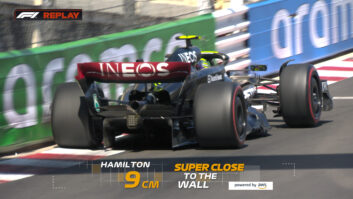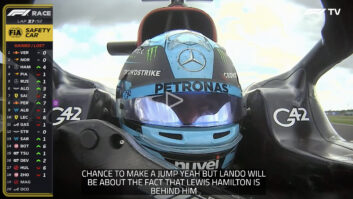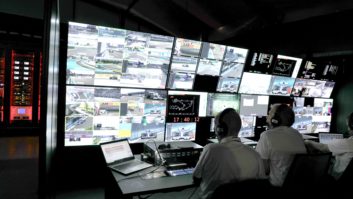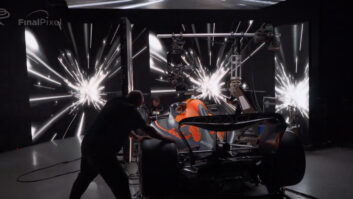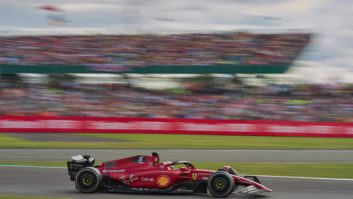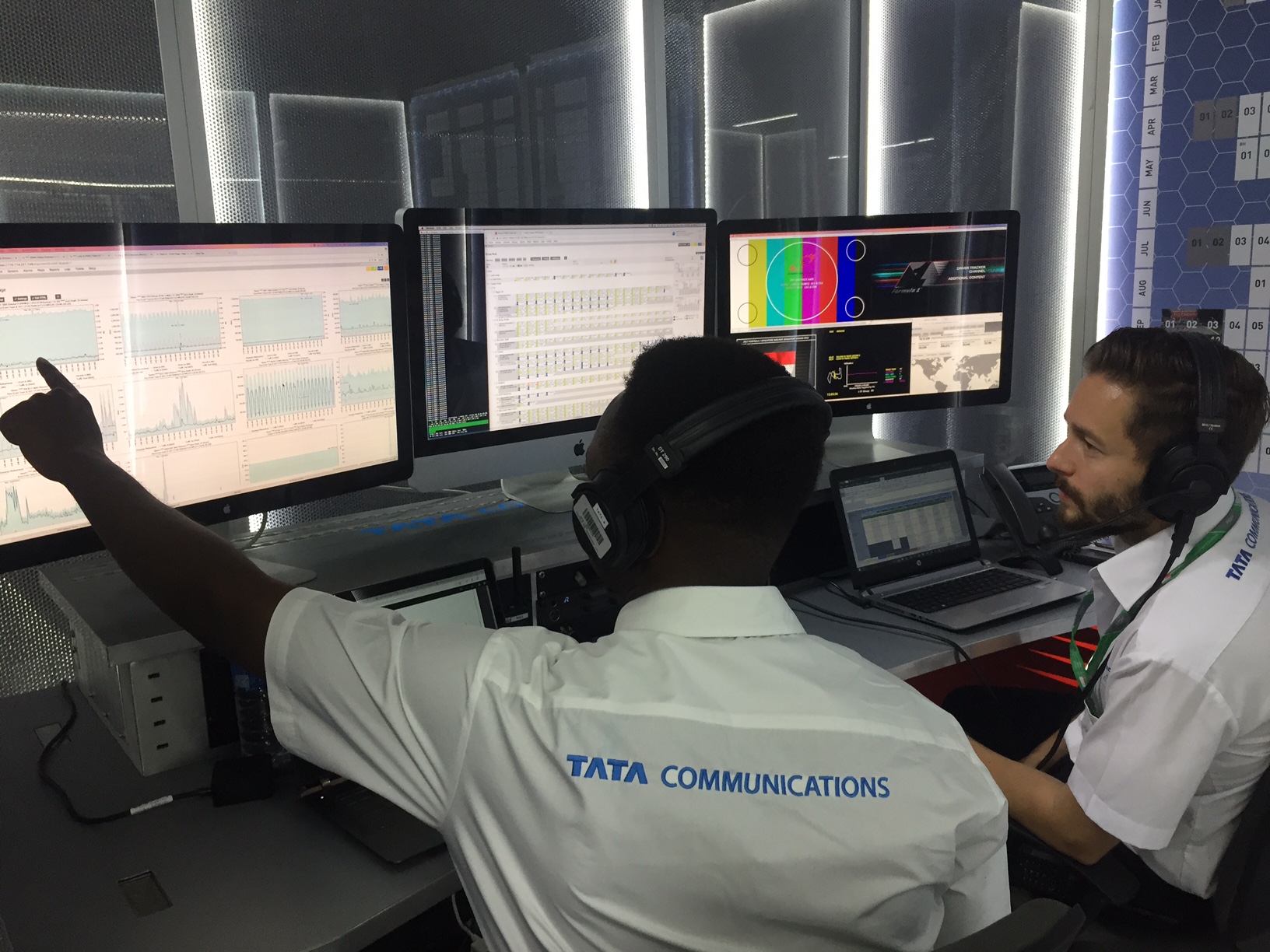
As the new Formula 1 season gets under starter’s orders this weekend in Melbourne, fans will be able to get even closer to the action with the launch of F1 TV.
The new Grand Prix OTT service marks the sports biggest investment in its digital transformation to date. Access will initially be available through desktop and web, with mobile and TV apps being phased in on Amazon, Apple and Android at a later date.
Fans can subscribe to two versions of the OTT service: F1 TV offers live streams of each race with multi language commentary as well as exclusive access to all 20 driver on-board cameras throughout every race session. F1 TV Pro will have unique feeds not available on any other platform with the capability of multi-level personalisation.
CDN and connectivity services to distribute the F1 TV content globally are being provided by Tata Communications, which has a long history of working with the sport.
“This is the seventh year of our association with Formula One,” explains Mehul Kapadia, managing director of Tata Communications’ F1 Business. “When we began, we were delivering services to them and building on innovation, and we are now engaged with all parts of the Formula 1 ecosystem.”
“We work across the whole spectrum and it’s really been a fantastic journey because we have been able to create a very bespoke sports platform,” continues Kapadia. “We are able to help all of the players within the broadcast side of F1 to leverage that platform, so for example, it allows broadcasters to unlock value within their own organisations as well as providing the stability and reliability they need on services.”
Tata is well aware of the changes in the way many sports fans now consume content. A Formula 1 fan is just as likely to watch a race on the train on their mobile as they are at home watching on a 40” screen. “On the video side, it’s all about ensuring the best video experience for fans whether it’s on mobile, television screen or whichever screen the viewer is using,” explains Kapadia. “Our focus has been on the fans and fan engagement and how technology can be driven there. We’ve tried to work hand-in-hand with the Formula One Group to make that come alive.”
Since they began working with Formula 1, Tata has been focussed on driving change in the way the sport is broadcast. “When we first began working with Formula 1 we tested remote production, so from Biggin Hill we were able to edit their radio feeds,” explains Kapadia.
“Then in 2014 we tested 4K as a technology and in 2015 we moved on to live OTT video delivery, which can be delivered synced up with broadcast. Most recently we’ve been testing 360-degree video.”
Asked who instigates the testing, Formula 1 or Tata, Kapadia says, “We always want to be ready as new requirements come up or new engagement models need to be built.”
“When we were testing 4K for example, devices that could broadcast 4K weren’t really available, and broadcasters weren’t really doing it yet,” he continues. “So what tends to happen is we work in partnership with Formula 1’s technical teams and their CTO on technology that in the future can benefit them. There is no pressure on them that they must immediately deploy the technology. Most of what we do is led by what is going to be relevant in the future and what can we test out now.”
It was that forward thinking, and the testing of a live OTT video feed in 2015, that has led to the launch of F1 TV. “One of the fundamental challenges in a sport like Formula 1 is that in two seconds so much can happen: a crash can happen, or an overtaking manoeuvre, it all happens so quickly,” says Kapadia.
“If you look at a typical mobile experience, and look at the second screen versus the television screen, one of them is coming through the internet, and one is probably coming through satellite, especially if you’re watching Sky. They can often be off sync. If you are a fan who is trying to look at a second screen experience or you’re looking at a data feed somewhere, you will be off sync. So we took up the challenge of how do we make it as close to real-time as possible. The laws of physics mean we will always have some latency!” he laughs.
“Basically, what we were able to do was synchronise what is happening between the two screens. That then became a component which gave us more potential if ever an app was created. Liberty Media came in and they have had fantastic vision in terms of wanting to give fans even more access to the sport. Frank Arthofer, who is leading their entire initiative around digital, initiated the process of building the app, he put the whole thing together and we’ve been working very closely to launch this with them.”
You can read more about F1 TV in the May issue of TVBEurope.
